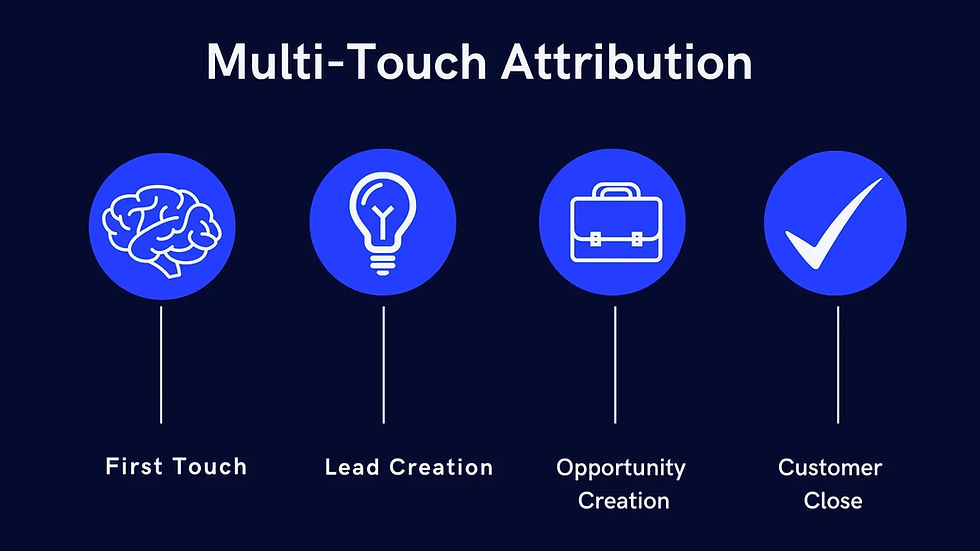How do Data Analytics Services help your Business?
- virtueanalytics9
- Sep 1, 2022
- 4 min read
Companies use data analytics all around the world to help them make informed decisions and can help to predict what will happen in the future. We can make these analytics possible through the use of data collection, storage, and processing. It can also identify trends and patterns within extensive sets of information. Companies can use this knowledge to make better strategic business decisions, leading to improved productivity and increased profits.
Can also increase efficiency. For example, if your company sells products online, you may determine the best time to send out emails about sales promotions. Or maybe you could use it to determine which customers are likely to buy a particular product at any point in time.

What is business data analytics?
Business analytics is analyzing data to solve business problems. Businesses use this information to make better decisions about what products to produce, how to market them, and how to allocate resources.
Business analytics is also used to identify market trends and patterns in the data, which can help businesses expect future needs.
Here are 8 ways to get back on track:
Product Planning and Strategy
A product is the first thing you will sell to your customers. It is important to plan and think about what products you should offer. You need to determine whether you want to focus on a single product or multiple ones. It is also important to think about what kind of customer you want to target. Do you want to focus on an older audience? Or maybe you want to focus on younger audiences? There are many questions to answer before you develop your product.
Improve User-Experience
Make sure your product and service meet your customers’ needs. The best way to achieve this is by collecting customer feedback, survey results or usability test data. However, these data will be completely useless if it does not extract specific user behaviour patterns from those data. Help you identify user patterns and behaviours. You can then use this information to enhance your products and services to meet customer demand.
Supply chain management
It’s about managing all aspects of the supply chain, including procurement, inventory, transportation, logistics, and customer service. If you’re not careful, poor supplier management can lead to lost sales, missed deadlines, and even lawsuits. You can track your suppliers’ activities and make sure they meet your expectations. Help you manage your inventory levels, keep an eye out for potential problems before they happen, and monitor your customers’ satisfaction scores.
Price optimization
Price optimization is an important aspect of every business growth. It helps you determine what price it should charge for your products and services. This allows you to identify the perceived value of your products and services. Based on this information, you can then determine the right price to charge your customers.
Effective Marketing
Thanks to digital marketing trends and data analysis, it is easier to process, analyze and respond to customer feedback on ads. Based on the data, businesses can choose what marketing channel to use, what message to send, when to send it, how long to wait before sending another ad, and how much to spend.
Personalized services
A business, although often targeted at a large audience, can offer personalized services. Analyze past transactions, website usage, purchase preferences, and other information to create personalized suggestions, recommendations, or even payments. You can also use it to drive chatbots for personalized interactions to boost customer experience.
Enable Forecast
Accurate forecasting drives your business objectives and growth. Predictive analytics can help you understand what will happen next, enabling you to plan and prepare for the future. Data and predictive analytics expect future trends, customer behavior and user demands. These insights can help you prepare for future market changes and deliver better services with time.
Customer retention is an important aspect of any business
It can help you understand why customers leave and what you need to do to keep them. You can use historical data to see if there are patterns in your customers’ buying habits. If you notice that certain customers frequently buy at specific times of the year, offer special deals during those periods. Or maybe you should contact customers when they haven’t made purchases in a while to remind them about your products.
Customer retention is vital to any business. By using the insights, you can get a deeper understanding of your customers and their needs, and then you can create strategies to keep them coming back.
How could data analytics help businesses who are looking to start or expand?
It could take a lot of time and effort to start or expand the business. It requires a tremendous investment in resources, knowledge, and experience. Most businesses fail because they didn’t understand their customers’ needs. To find out what your customers need, you must first gather data about them.
Data collection helps you understand your customer base and where you stand with them. You can also use data to help you plan for the future.
Conclusion:
The above points show how data analytics services can help your business succeed. The benefits are endless. It’s easy to implement and cost-effective. With the right tools and skills, you can easily collect and store data from various sources and apply data analytics techniques to analyze and interpret it.
This way, you can gain valuable insights into your business and make informed decisions.
If you’re interested in leveraging the ever-expanding benefits of data analytics in retail business, consult Virtue Analytics.



Comments